Have you ever gazed into the eyes of your Doberman and wondered what those expressive glances meant? Dobermans are more than just pets; they are companions that communicate in a language that goes beyond words. Their quirks, often misunderstood, are a hidden language of trust and love. This article unwraps the fascinating ways Dobermans express their emotions and build connections with their human families. Prepare to be surprised by the depth of understanding and affection these loyal creatures can offer.
The Ear Flick: A Sign of Alertness and Affection

Dobermans have a unique way of using their ears to communicate. Although considered dangerous and ferocious they are actually cuddle buddies full of love. An ear flick might seem like a small gesture, but it carries significant meaning. When a Doberman flicks its ears, it often signifies alertness. They are tuned into their surroundings, listening intently for any familiar sounds, like your footsteps or the rustle of a snack bag. This behavior shows their protective nature and readiness to respond to their environment.
Moreover, ear flicking can also be a sign of affection. If your Doberman flicks its ears when you speak, it means they are attentive and interested in what you have to say. It’s their way of showing that they value your voice and presence. This subtle gesture is a testament to the bond you share with your Doberman, a quiet acknowledgment of trust and love.
The Nose Nudge: A Gentle Reminder of Connection
A gentle nudge from your Doberman’s nose might just feel like a playful gesture, but it carries deeper significance. The nose nudge is a common behavior in Dobermans, often used to seek attention or express a need. It’s their way of saying, “I’m here, and I want to connect with you.” This simple act can be a request for a belly rub, a walk, or just some quality time together.
Beyond seeking attention, the nose nudge is an expression of trust. When a Doberman nudges you, they are initiating contact, inviting you into their space. It’s a vulnerable gesture that speaks volumes about the trust they place in you. By responding to this nudge, you reinforce the bond and show your Doberman that their feelings are reciprocated.
The Tail Wag: More Than Just Happiness
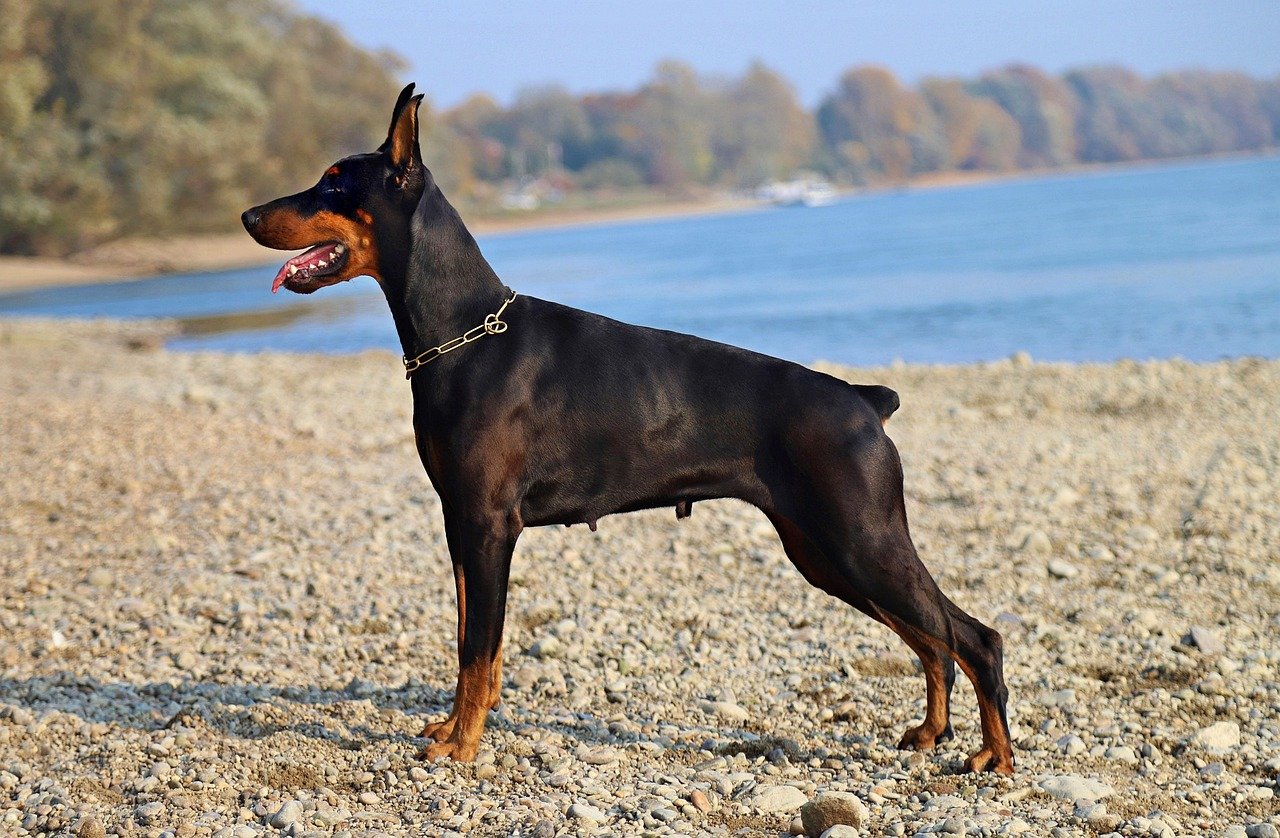
Most people associate tail wagging with happiness, but for Dobermans, it can mean so much more. The speed and direction of a Doberman’s tail wag can convey a range of emotions. A slow wag might indicate caution or curiosity, while a fast, wide wag often signifies excitement and joy. Understanding these nuances helps in interpreting your Doberman’s feelings accurately.
The tail wag is also a social signal. When a Doberman wags its tail around other dogs or people, it’s a sign of friendliness and openness. It’s their way of saying, “I’m approachable and ready to engage.” This behavior reflects the Doberman’s desire to form social bonds, not just with humans but with other animals as well. It’s a beautiful expression of their loving nature.
The Head Tilt: Curiosity and Understanding
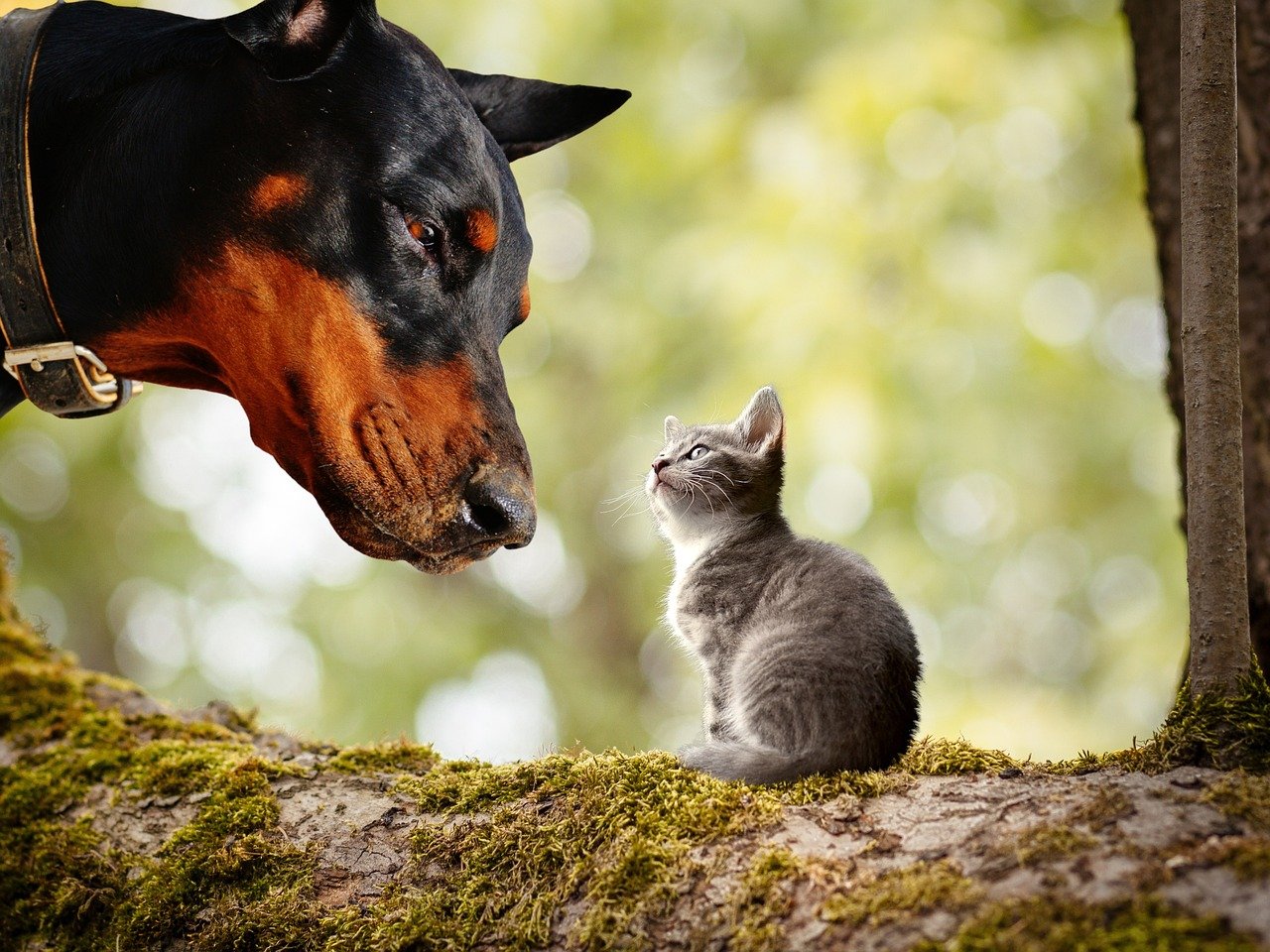
The adorable head tilt of a Doberman is more than just a cute pose; it’s a sign of curiosity and understanding. When a Doberman tilts its head, they are trying to make sense of sounds or sights. This behavior is often seen when they hear a new noise or when someone speaks to them in a different tone. It’s their way of processing information and showing that they are engaged.
Head tilting is also a sign of empathy. Dobermans are known for their intuitive nature, and when they tilt their heads, they are often trying to understand your emotions. It’s as if they are saying, “I hear you, and I’m trying to understand how you feel.” This empathetic gesture strengthens the bond between you and your Doberman, showcasing their ability to connect on a deeper level.
The Lean: Seeking Comfort and Assurance
When a Doberman leans against you, it’s not just a physical gesture; it’s an emotional one. This behavior is a way for them to seek comfort and assurance. By leaning into you, they are expressing their need for security and warmth. It’s a sign that they trust you completely and feel safe in your presence.
The lean is also a form of affection. Dobermans are known for their loyalty, and this gesture is their way of showing love and devotion. It’s a silent promise that they are there for you, just as you are for them. This mutual exchange of trust and love is what makes the relationship with a Doberman so special.
The Play Bow: An Invitation to Joy
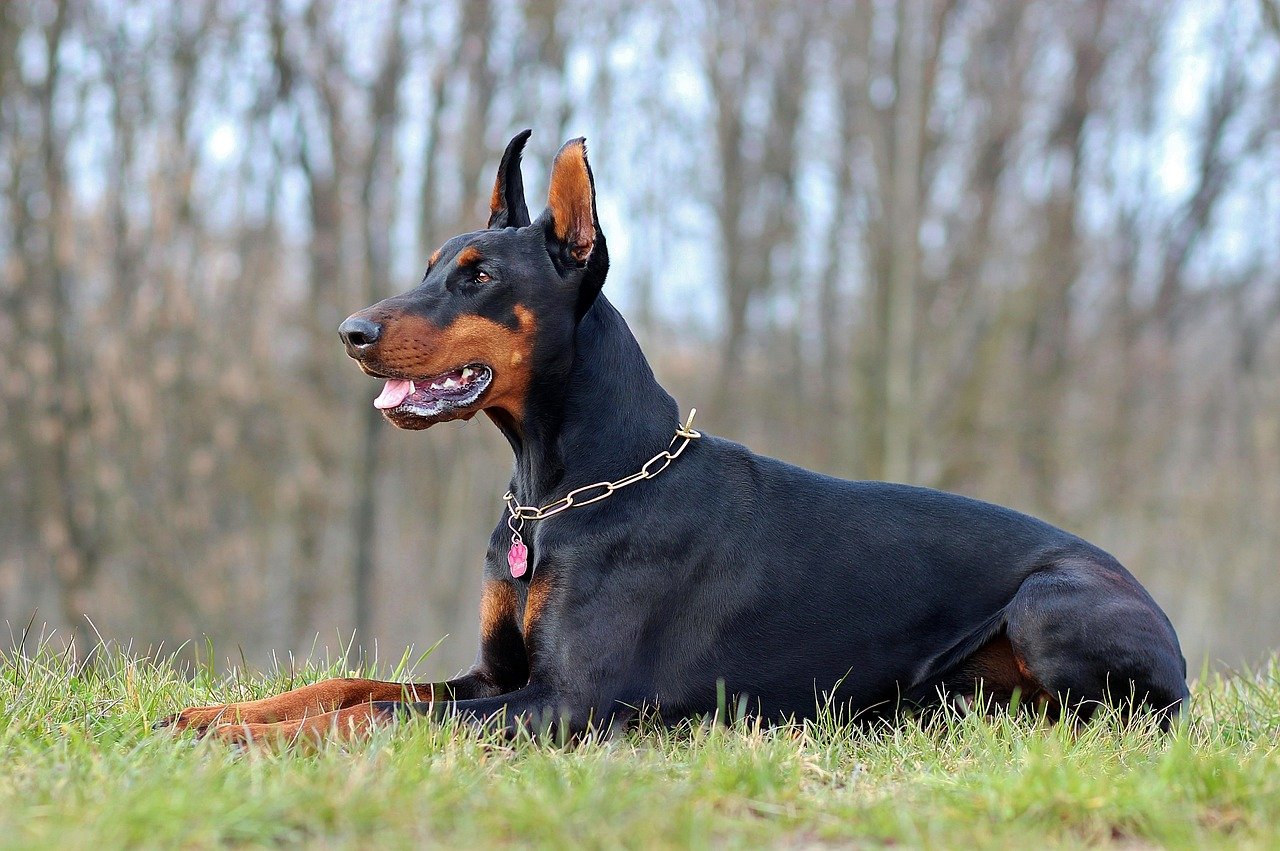
The play bow is a common sight among Dobermans, a delightful invitation to play and engage. When a Doberman lowers its front legs and raises its hindquarters, it’s a clear signal that they are in a playful mood. This gesture is an invitation to join in their joy and share a moment of fun.
Beyond playfulness, the play bow is an expression of trust. By assuming this vulnerable position, your Doberman is showing that they feel safe and comfortable around you. It’s an open invitation to connect and enjoy each other’s company. This simple act is a reminder of the joyful bond you share with your Doberman, a bond built on trust and love.
The Paw Offer: A Gesture of Friendship
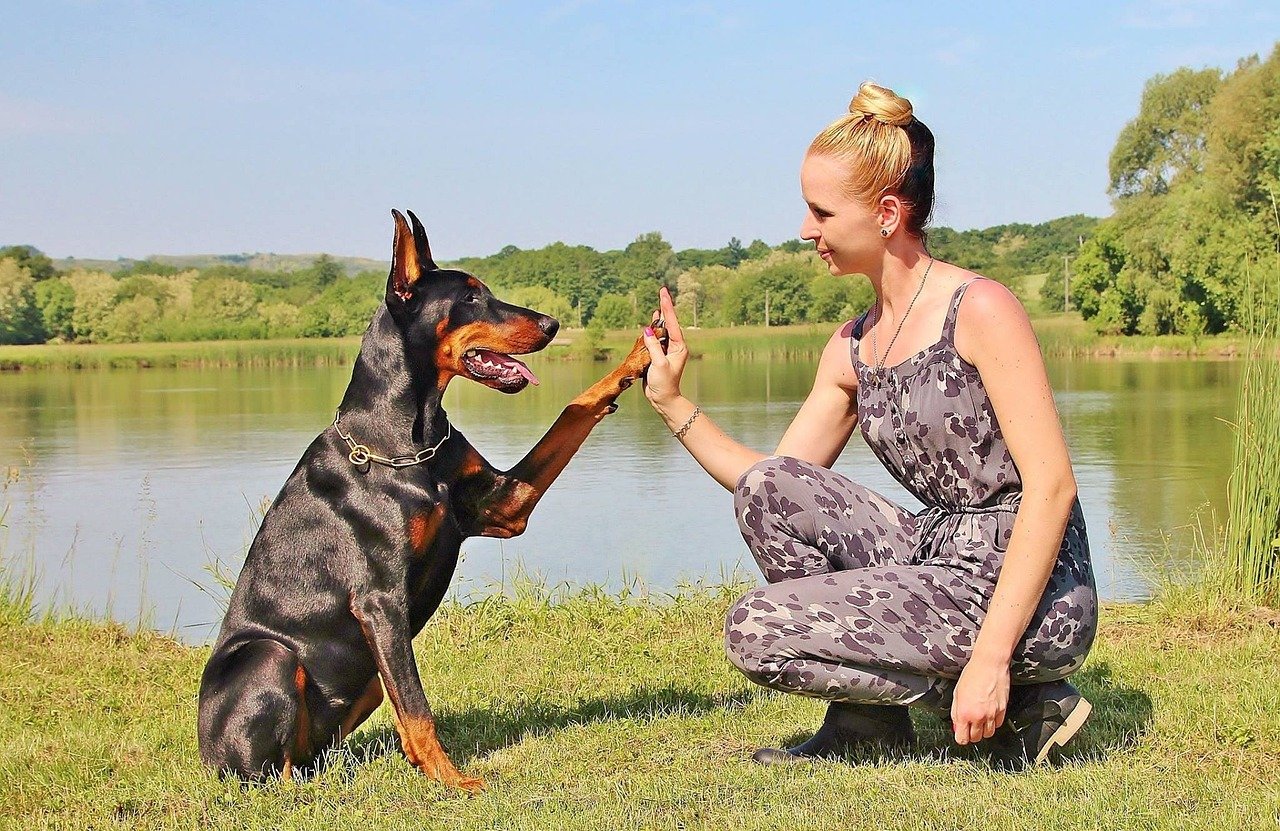
When a Doberman offers you their paw, it’s more than just a trick; it’s a gesture of friendship. This behavior is often taught as a command, but for Dobermans, it holds a deeper meaning. By offering their paw, they are reaching out, seeking interaction and connection. It’s their way of saying, “I want to be close to you.”
The paw offer is also a sign of submission and trust. By placing their paw in your hand, they are showing vulnerability and openness. It’s a powerful gesture that reflects the depth of their trust and affection for you. This simple act can strengthen the bond between you and your Doberman, reinforcing the love and trust that defines your relationship.
The Eye Contact: A Window to the Soul
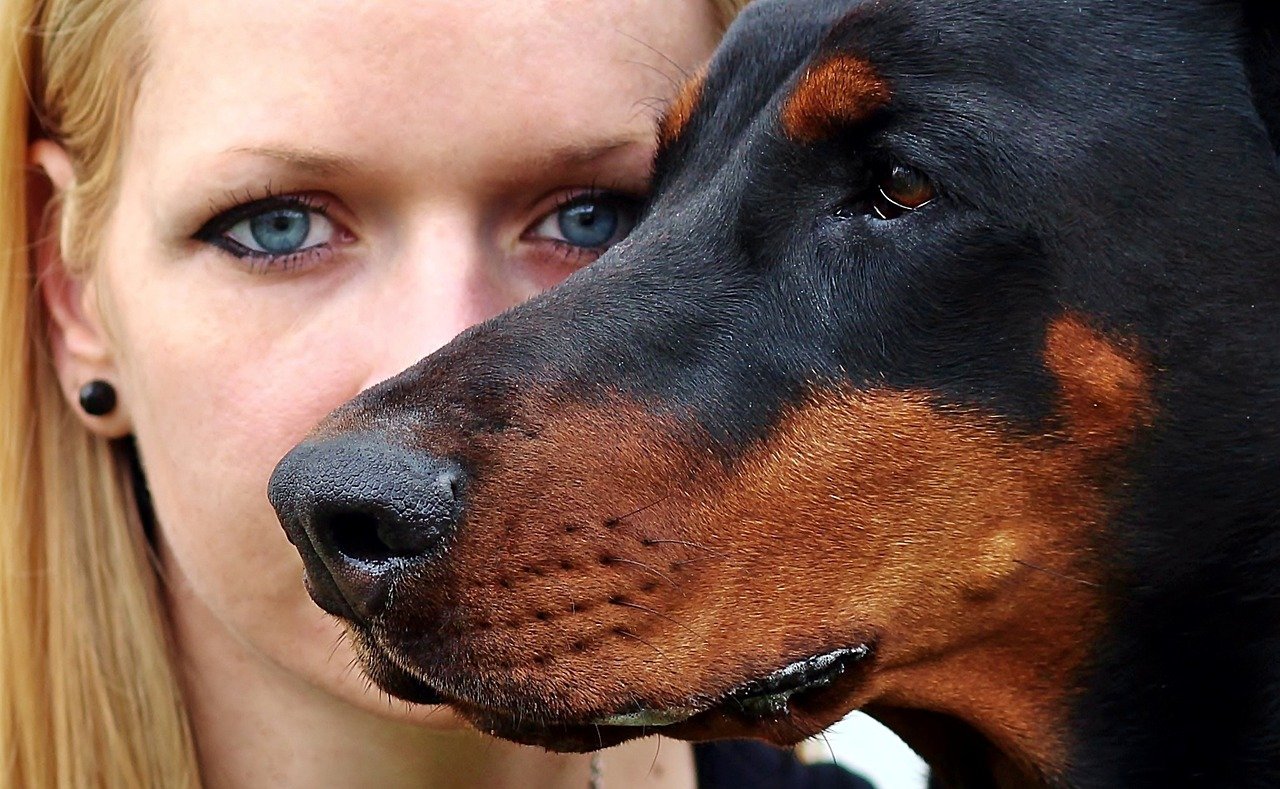
Eye contact with a Doberman is a profound experience, a glimpse into their soul. When a Doberman holds your gaze, it’s a sign of trust and connection. This behavior is often used to communicate affection and understanding. It’s their way of saying, “I see you, and I trust you.”
Maintaining eye contact is also a way for Dobermans to gauge your emotions. They are incredibly intuitive and can sense your feelings through your eyes. This ability to connect on such an emotional level is what makes Dobermans such loyal companions. Their eyes are a window to their soul, offering a glimpse into their loving and trusting nature.
In conclusion, Dobermans communicate their trust and love through a myriad of unique and endearing quirks. From the flick of an ear to the offer of a paw, each gesture is a testament to the bond they share with their human companions. These behaviors are not just random acts; they are a hidden language, a way for Dobermans to express their emotions and build connections. Understanding and appreciating these quirks can deepen the relationship you have with your Doberman, creating a bond that is both profound and lasting. So, the next time your Doberman gives you a nose nudge or a head tilt, remember that it’s their way of saying, “I trust you, and I love you.” What quirks does your Doberman use to communicate with you?

Linnea is a born and bred Swede but spends as much time as possible in Cape Town, South Africa. This is mainly due to Cape Town’s extraordinary scenery, wildlife, and atmosphere (in other words, because Cape Town is heaven on earth.) That being said, Sweden’s majestic forests forever hold a special place in her heart. Linnea spends as much time as she can close to the ocean collecting sea shells or in the park admiring puppies.






